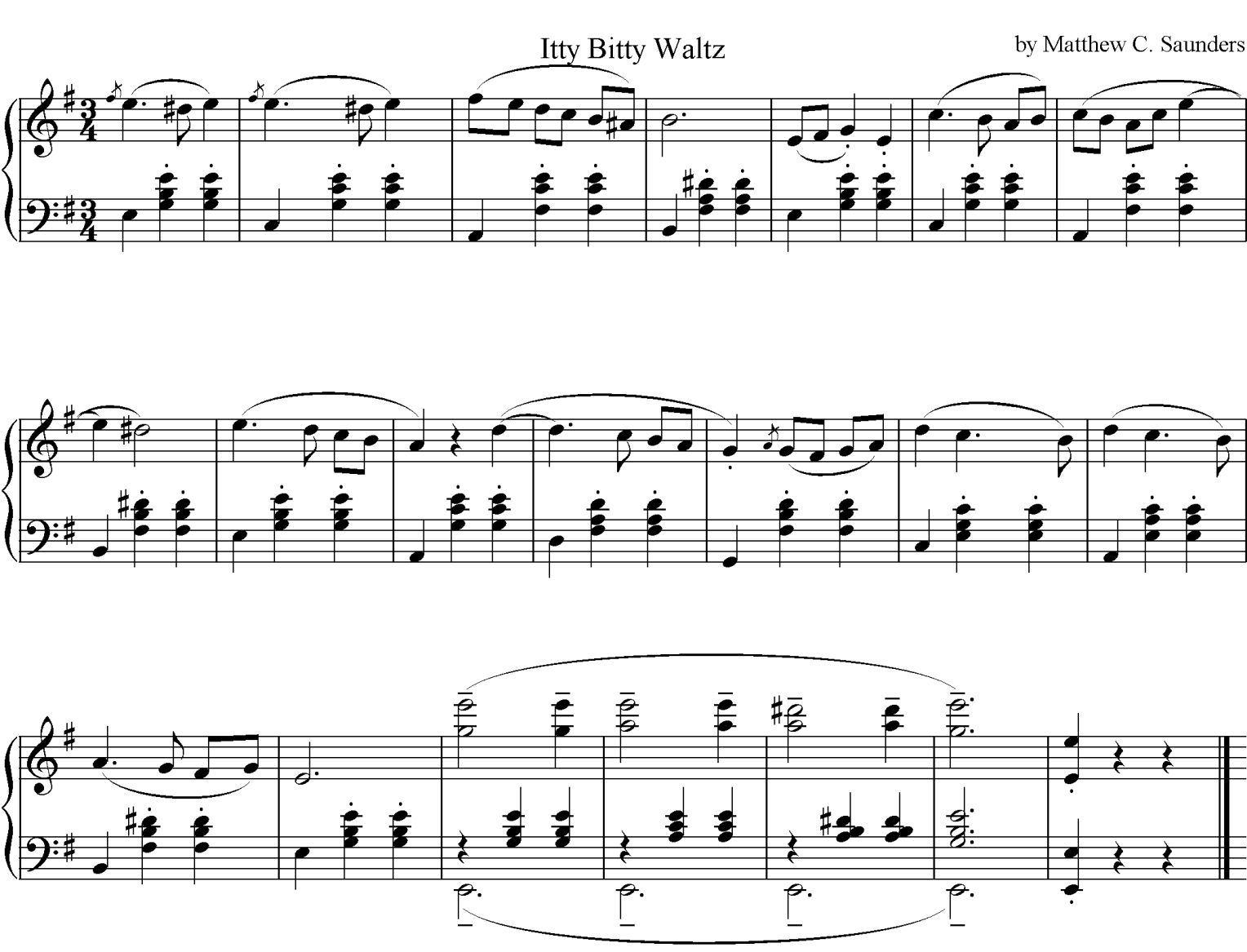Don’t ever forget that classical music folks live in a small world. I was at the International Horn Symposium at Western Illinois University this week for the premiere of my piece South Africa, (about which more later) and got renew acquaintances with several people I hadn’t seen in years. First, I was delighted to see David Amram’s name featuring prominently on the day I actually got to spend at the conference. When I was a senior in high school and at the MENC National Conference as part of the Ohio All-State Orchestra, Renee Goubbeaux and I were wandering the exhibits. We stopped at the C.F. Peters booth to admire the score to John Cage’s 4’33” (yes, it’s actually available for sale), when I noticed that manning the booth was the composer of the score next to it, who happened to be David Amram. I had been composing for all of about two years at that point, and he had some very encouraging words. I have always carried with me his good-natured approach and good humor and genuine kindness to a stranger. He was the first “real,” “live” composer I ever met, and it was a good experience. (The second was Libby Larsen, the same day, and the experience was just as positive. It was just as great to get to talk to her a few years ago.) I of course invited David to come hear my piece later that day, and he seemed to enjoy it.
Finding my seat for the concert featuring Amram’s music for horn (who would think a piece for horn, tenor sax and bassoon could work so well?), I noticed a man who looked familiar from the back. It was indeed Colvin Bear, who plays in the Springfield (Ohio) Symphony Orchestra. When I knew Colvin about eight years ago, his day job was teaching at South Vienna School, where I was the band director. We played in Northeastern High School’s musical together, and I taught his son during his senior year.
At some point, I may delve into my feelings about that job, but I know that Colvin and I agree about many things about that position, and always did. It is easy to admire someone who does the best possible work within a flawed system, continuing to excel despite unfavorable changes.
It turns out, as well, that Colvin was one of the first horn teachers of the wonderful player who commissioned the piece I was there to hear, Nancy Joy.
Nancy and I ran into each other on a plane from Columbus, Ohio to Albuquerque, New Mexico on New Years Eve 2007. My wife saw her horn case, and struck up a conversation. We traded ipods, and as I was thinking that I needed to write a piece for Nancy, she was thinking that she needed to commission me to write a piece. Eighteen months later, the result was the piece she premiered fantastically with Fred Bugbee, her colleague at New Mexico State.
It is always a pleasure to sit and listen to good musicians perform my music. After the rehearsal in Las Cruces last week, I knew that this would be the case in Macomb, and it was just wonderful. I’ve learned so much from these two performers that I will carry ahead with me as I write future pieces, and the feedback I got at the conference was overwhelming. Just a fantastic experience.
Other highlights–I got to try an alphorn, and listened to most of a session about natural horn; Richard Todd gave some fantastic jazz horn performances–who knew horn was a jazz instrument? I had some time in Chicago, and visited the Federal Reserve Bank and my new favorite sheet music store, Performers Sheet Music in the Fine Arts Building on Michigan Avenue. I only wish my wife had been along! The next trip I have planned for composition is to MInot State University in North Dakota in November, and hopefully Becky will be able to come then.
